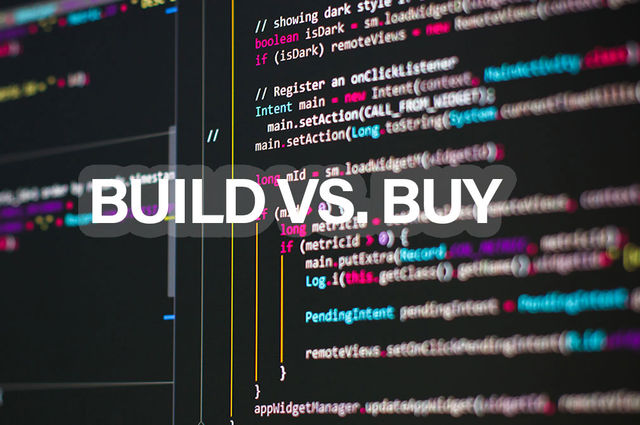Should hoteliers develop in-house or outsource IT applications and solutions?
19 experts shared their view
Some hoteliers (brands & management companies) believe that developing tech solutions in-house is cheaper and provides better customization to the hotelier's concrete needs and control over the ongoing maintenance and performance. Another school of industry-thought believes that hoteliers should focus on their core competencies: providing the best customer experience and best returns possible to ownership and outsource technology applications, products and solutions to specialized vendors.
So the question is, in this era of rapid technological advancements and adoption of next-gen technologies such as AI, IoT, automation, robotics, blockchain, etc., should hoteliers keep technology developments in-house or outsource to specialized, well-funded vendors?
The build-or-buy technology question is hard to answer if you're part of a software development organization, but harder still when you represent a proprietary user community – even a sizable or highly specialized one. The argument is traditional: stick to your knitting. A hotel company may not be the best judge of software design, documentation and long-term maintenance. A hotel company rarely opts to build its own beds; why would it write its own software systems?
Then there's the hybrid approach, where a hotel company begins with a vendor solution and augments vendor code with custom add-ons. Specialized proprietary code seems faster and cheaper than vendor modifications, especially when asking a vendor to halt their progress in the broader marketplace to accommodate the idiosyncrasies of a single customer. Thus begins a cycle of isolation and irreconcilable differences which I've seen last for decades in some edge cases. The outcome seems inevitable: the customer can no longer take vendor enhancements because custom touchpoints cannot be discarded or easily readapted. The vendor leaves the self-supporting loners behind as updates the baseline app, adding new data components, features, regulatory requirements, security patches and platform capabilities.
Also, like professionally developed applications, the cost of maintaining custom solutions spirals ever upward: more mass and greater complexity requires more staff, a deeper level of analysis and testing and more support resources. Eventually the customer can no longer justify the expense of simply maintaining the status quo, so a search for a new software base begins. To quote Lewis Carroll's Red Queen, “…it takes all the running you can do to keep in the same place. If you want to get somewhere else, you must run at least twice as fast as that!”


